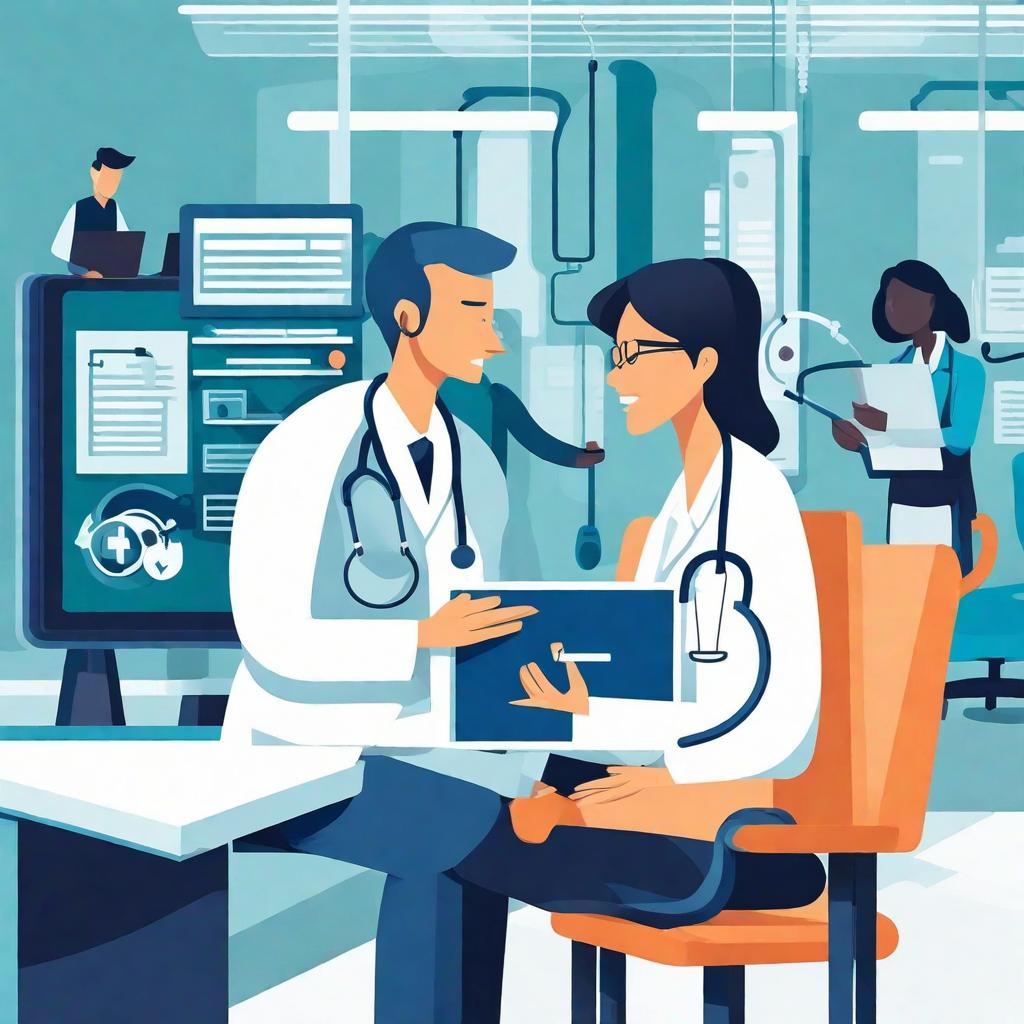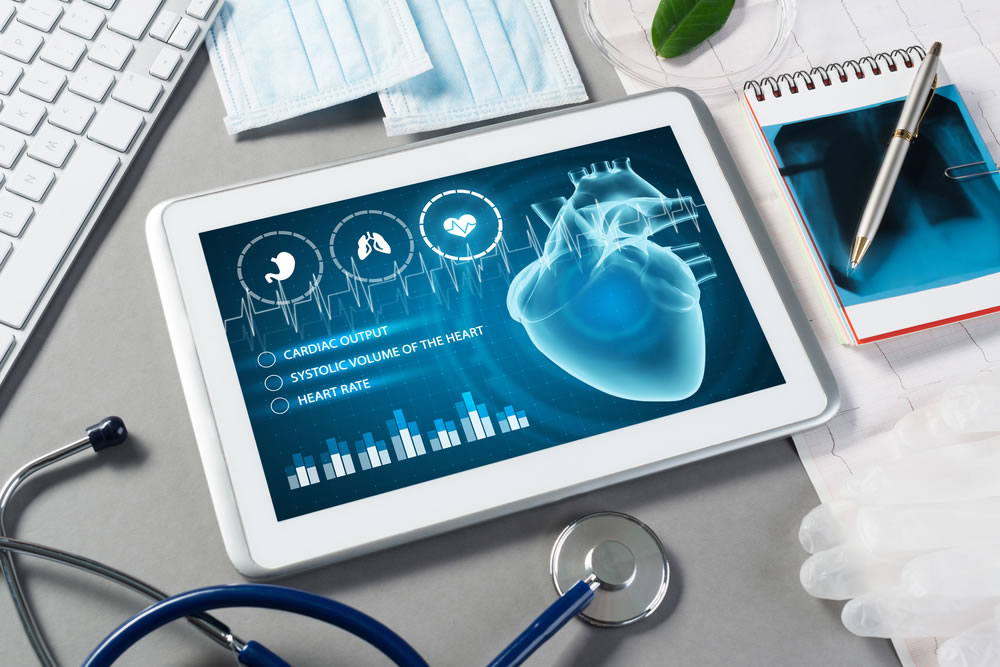Software Testing in the Healthcare Domain
Software Testing In The Healthcare Domain becomes a crucial component of assuring safeguarding of patients and excellent treatment in the fast-paced world of healthcare, where technology plays a crucial part in providing accurate and efficient services. To reduce the danger of errors, data breaches, and potential patient injury, stringent testing techniques are required for the creation and implementation of reliable healthcare software. In this article, we examine the value of health care application testing and the numerous testing approaches that are employed to guarantee the smooth operation of healthcare applications.
Importance of Software Testing in Healthcare
Explore the vital role of Software Testing In The Healthcare Domain in ensuring the reliability of electronic health records (EHRs), clinical decision support systems (CDSS), medical imaging software, telemedicine platforms, and other healthcare applications. These play a crucial role in streamlining medical workflows, enhancing patient outcomes, and improving overall healthcare efficiency. Given the critical nature of healthcare processes, effective testing is imperative to prevent software glitches or inaccuracies that could have severe consequences on patient safety and treatment efficacy.

The Primary Objectives Of Software Testing In The Healthcare Domain :
Ensuring Patient Safety:
Software testing in the health care domain tries to find and fix potential mistakes, weaknesses, and inconsistencies that could result in incorrect diagnoses or medical mistakes, protecting patients from harm. Ensuring the security and privacy of information about patients is one of the most crucial issues in healthcare software testing. Numerous sensitive pieces of information, including medical histories, diagnoses, prescriptions, and lab results, are kept in Electronic Health Records (EHRs) and other medical software. Any hacking attempt or illegal access to sensitive data could result in serious problems like identity theft, medical fraud, and damaged patient confidence. Software quality assurance therefore incorporates strict security controls to protect patient data from potential dangers.
Continuous testing and agile practices are now essential due to the introduction of agile development approaches in healthcare applications. Iterative development, which necessitates continuous integration and continuous delivery (CI/CD) pipelines, has replaced traditional waterfall methodologies. Continuous testing aids in the early detection of flaws during the development process, facilitating quicker feedback loops and more frequent software updates.
Regulation Compliance:
Government agencies and professional associations have severe regulations that healthcare software must abide by. These laws work to safeguard patient rights, privacy, and data security. An example of one of these laws is the Health Insurance Portability and Accountability Act (HIPAA) in the US. Software testing comprises the verification of adherence to these rules, ensuring that healthcare organizations follow the law and ethical norms.
Interoperability Challenges:
Explore the intricate world of Software Testing In The Healthcare Domain, where Healthcare software often needs to integrate with various systems, including medical devices, diagnostic equipment, and other hospital information systems. Achieving seamless interoperability among these diverse systems can be challenging. Software testing plays a vital role in identifying compatibility issues and ensuring smooth data exchange between different components of the healthcare ecosystem.

Enhancing User Experience
Software Testing in the Health Care domain assesses the user interface and overall user experience, making healthcare software more intuitive and user-friendly for medical professionals.
Improving System Performance:
Healthcare systems must be highly reliable and capable of handling a large volume of data and simultaneous users. Testing ensures the software can perform efficiently under various stress conditions.
Reducing Costs:
Identifying and resolving defects early in the development lifecycle helps avoid costly remediation efforts and potential legal ramifications.
Ensuring Devices:
Significant technological breakthroughs in healthcare, including novel medical devices, telemedicine platforms, wearables, and applications, have transformed patient care. With the increasing complexity of these systems, the significance of Software Testing In The Healthcare Domain has expanded enormously. This ensures the reliability and security of remote monitoring, individualized treatment regimens, and enhanced communication between patients and healthcare providers.
Artificial Intelligence and Machine Learning:
The incorporation of AI and ML algorithms in healthcare applications, including Software Testing In The Healthcare Domain has enormous promise for enhancing diagnosis, treatment plans, and patient outcomes. However, significant testing is required to evaluate these algorithms’ accuracy, fairness, and reliability. Furthermore, in the healthcare arena, transparent and interpretable AI models are critical for gaining the trust of both medical professionals and patients.
Testing Methodologies in Healthcare Software
Various testing methodologies, underpinning the strength of Software Testing in the Healthcare Domain, are employed for robustness. Key approaches encompass:
Functional Testing
This method evaluates if the software functions according to its specifications and requirements. Testers validate the application’s core features, such as patient data management, medication administration, and lab result integration, to ensure accuracy and adherence to standards.

Integration Testing:
Integration testing examines how different modules or components of the healthcare software interact with each other. It verifies data exchange between systems, ensuring seamless interoperability between various healthcare applications.
Security Testing:
Given the sensitivity of patient data, security testing is crucial in healthcare software. Testers identify vulnerabilities and potential entry points for hackers, ensuring that the software is well-protected against data breaches and unauthorized access.
Usability Testing:
This testing approach focuses on the user experience, assessing the software’s ease of use, navigation, and overall user interface. It helps improve the application’s accessibility and efficiency for medical professionals.
Performance Testing:
Healthcare software needs to perform optimally, especially during peak hours. Performance testing evaluates the application’s response time, scalability, and reliability under different load conditions to prevent any system crashes or slowdowns during critical moments.
Regulatory Compliance Testing:
Healthcare applications must adhere to various regulatory standards and guidelines. Regulatory compliance testing verifies whether the software meets these requirements, ensuring legal and ethical usage of patient data.
Challenges In Software Testing in the Healthcare Domain
Navigating challenges in Software Testing In The Healthcare Domain is essential due to the unique nature of the domain, encompassing critical data, complex workflows, and strict regulatory compliance. Overcoming these hurdles is vital for patient safety, data security, and the overall efficacy of healthcare applications. Let’s delve into these challenges in detail.
Patient Data Privacy and Security:
Healthcare software typically deals with highly sensitive patient information, including medical records, personal identification data, and treatment history. Testing with real patient data requires stringent measures to protect patient privacy. Testers must ensure that the data used for testing is de-identified and anonymized, following guidelines specified by regulatory bodies like HIPAA in the United States or GDPR in the European Union. Additionally, the software itself must be thoroughly tested for vulnerabilities to prevent data breaches, unauthorized access, or cyber-attacks.
Complexity of Healthcare Workflows:
Software testing in the health care domain often involve multiple stakeholders, including physicians, nurses, administrators, and patients. Testing the software within these complex workflows can be challenging. Healthcare applications must be able to handle diverse use cases, including appointment scheduling, diagnosis, treatment planning, medication administration, billing, and more. Testers must thoroughly understand these workflows to design test scenarios that mimic real-world situations and ensure comprehensive coverage.
Interoperability and Integration:
Healthcare organizations often use a multitude of software systems, including Electronic Health Records (EHRs), lab information systems, medical devices, telemedicine platforms, and more, in the context of Software Testing In The Healthcare Domain. Ensuring seamless integration is critical for accurate and timely healthcare delivery, making integration testing essential to prevent errors and data inconsistencies in data exchange and interoperability.
Regulatory Compliance:
The healthcare industry is heavily regulated, with strict guidelines to safeguard patient data and ensure the ethical use of technology. Healthcare software must comply with regulations such as HIPAA, GDPR, FDA regulations (for medical devices), and other regional or national standards. Testing for regulatory compliance ensures that the software adheres to these requirements, reducing legal risks and ensuring ethical data usage.
Usability and User Experience:
Healthcare professionals, including doctors and nurses, rely heavily on software systems to perform their daily tasks efficiently. If the user interface is not intuitive and user-friendly, it can lead to frustration, errors, and reduced productivity. Usability testing becomes essential to identify pain points in the software’s design and enhance the overall user experience.
Performance and Scalability:
Healthcare systems must be highly available and capable of handling a significant volume of data and users, especially during peak hours. Performance testing evaluates the software’s response time, stability, and scalability under various load conditions to ensure it can handle real-world usage without slowdowns or crashes.
Rapid Technological Advancements:
The field of healthcare technology is rapidly evolving, with new advancements, innovations, and software updates regularly being introduced. Keeping up with these changes and ensuring compatibility with the latest technologies can be a constant challenge for healthcare software testers.
Conclusion
In the healthcare domain, Software Testing In The Healthcare Domain is not merely a checkbox activity but a critical process that directly impacts patient safety, treatment outcomes, and overall healthcare quality. Rigorous testing methodologies, encompassing functional, security, performance, and usability testing, are vital to develop robust and reliable healthcare software.
By investing in comprehensive Software Testing In The Healthcare Domain, healthcare organizations can mitigate risks, enhance patient safety, and provide medical professionals with efficient tools to deliver optimal care. Ultimately, the integration of reliable and well-tested healthcare software contributes significantly to the evolution of the healthcare industry, revolutionizing patient care and treatment approaches for the better.



